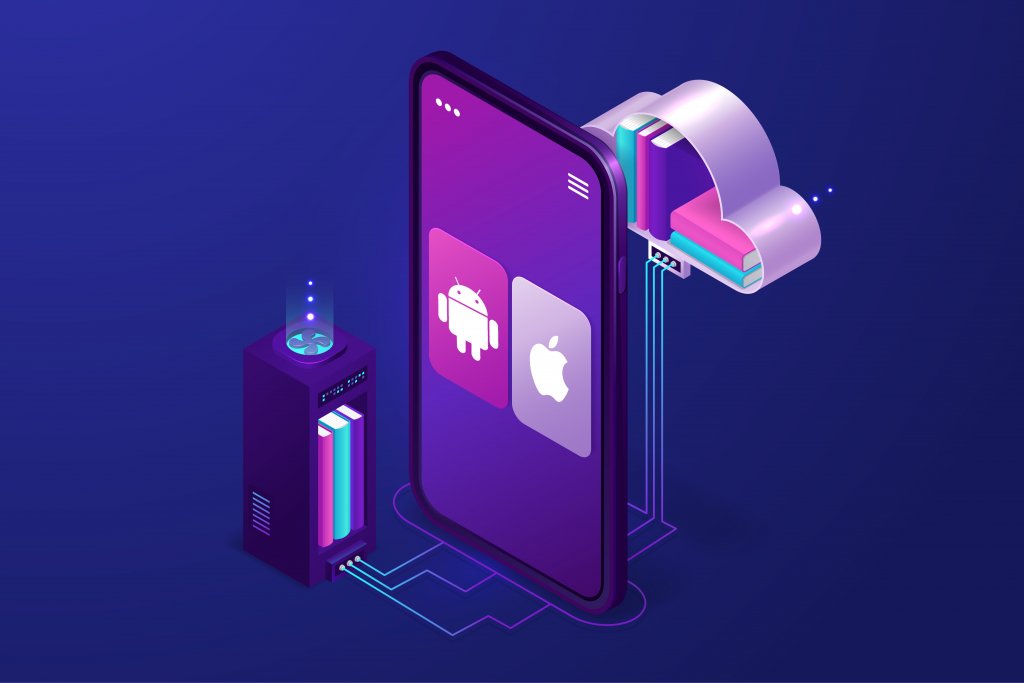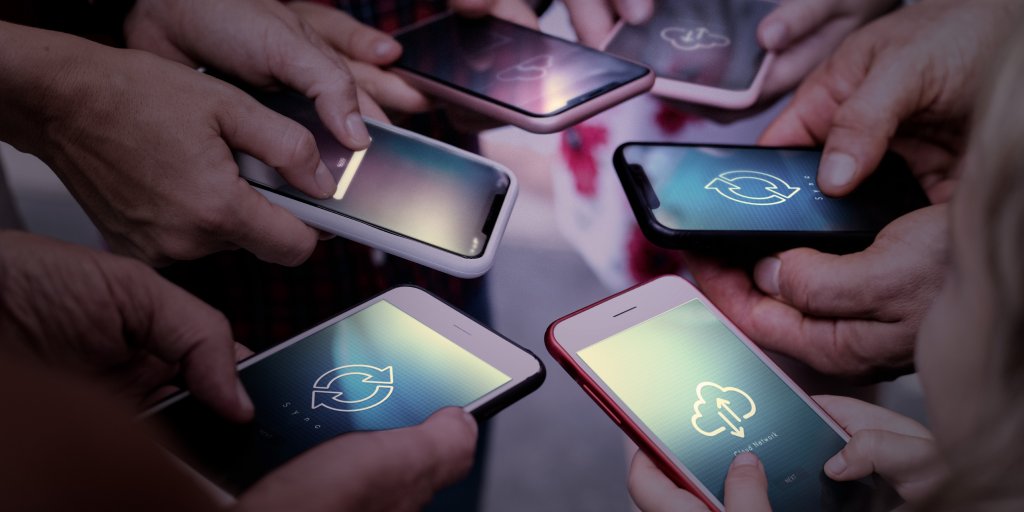In summary, there is no direct winner when choosing Android or iOS. Which operating system you want to use also depends to a large extent on which security policies you want to introduce in your company.
Mobile Device Management: Better with Android or iOS?
The world of mobile devices is diverse, as is the number of mobile device management (MDM) and enterprise mobility management (EMM) systems. That's why, of course, we can't speak for every MDM as to whether it's better suited for Android or iOS devices.
So let's take a closer look at MobiVisor MDM. The good news first: both Android and iOS can be managed via MobiVisor MDM. The main differences are in the interfaces (APIs) provided by the operating system.
For the management of Android mobile devices, there is the option to directly set certain restrictions and settings, so-called policies. An example: the feature 'disallow camera' can be selected directly via policy, since the Android interface of the device allows this. If a desired restriction of the Android device cannot be done directly, for example because the required interface is not shared or does not exist, there is usually a workaround that can be applied, for example by combining different policies to achieve what you want.
This is different in iOS devices: since Apple wants to keep its operating system as closed as possible, there is only the possibility to influence the functions that Apple allows. True to the motto: either it works or it doesn't. If Apple does not provide an interface, it will be difficult or impossible to set up a function.
Basically, this is not an omission on Apple's side for the time being: By limiting the influenceability, it is also ensured that iOS remains stable and functional. With Android, on the other hand, you can sometimes put your foot in your mouth.
You can assign many policies for Android or iOS in order to secure the devices optimally. You just have to know clearly in advance what you need in terms of data protection so that you can then create a strategy for implementation via MDM.


